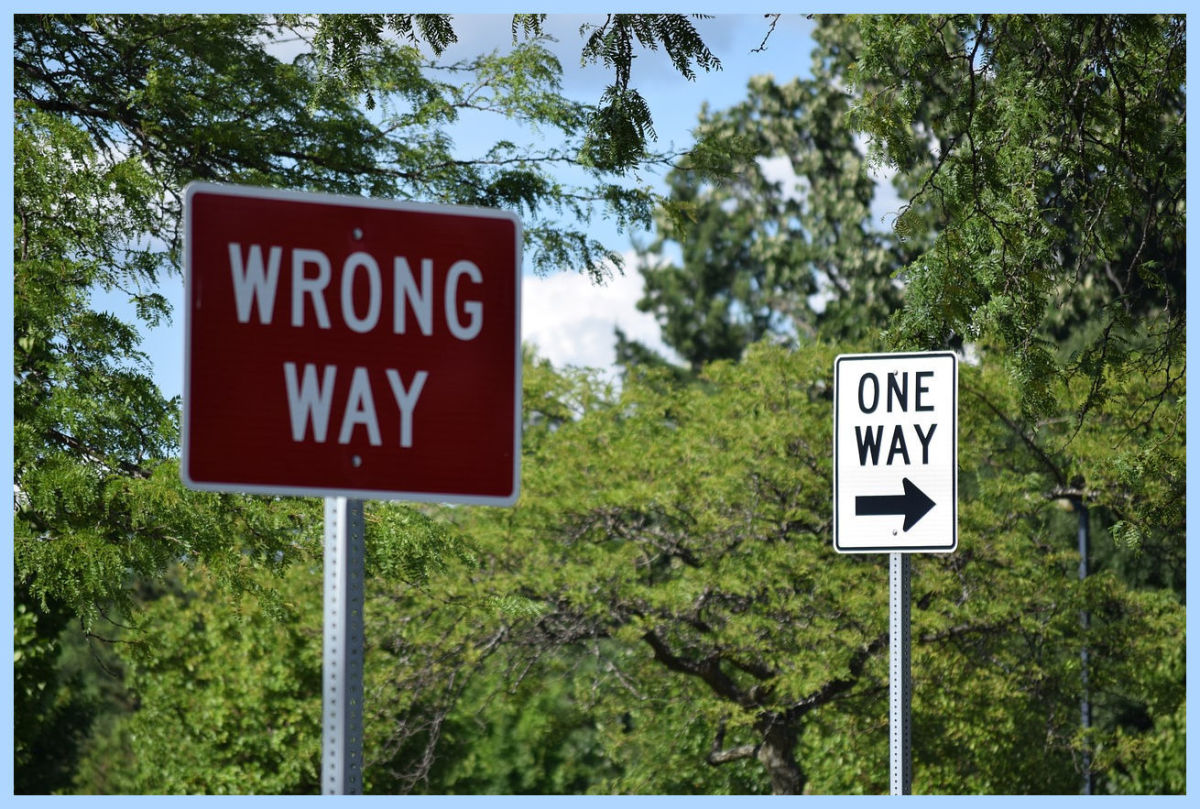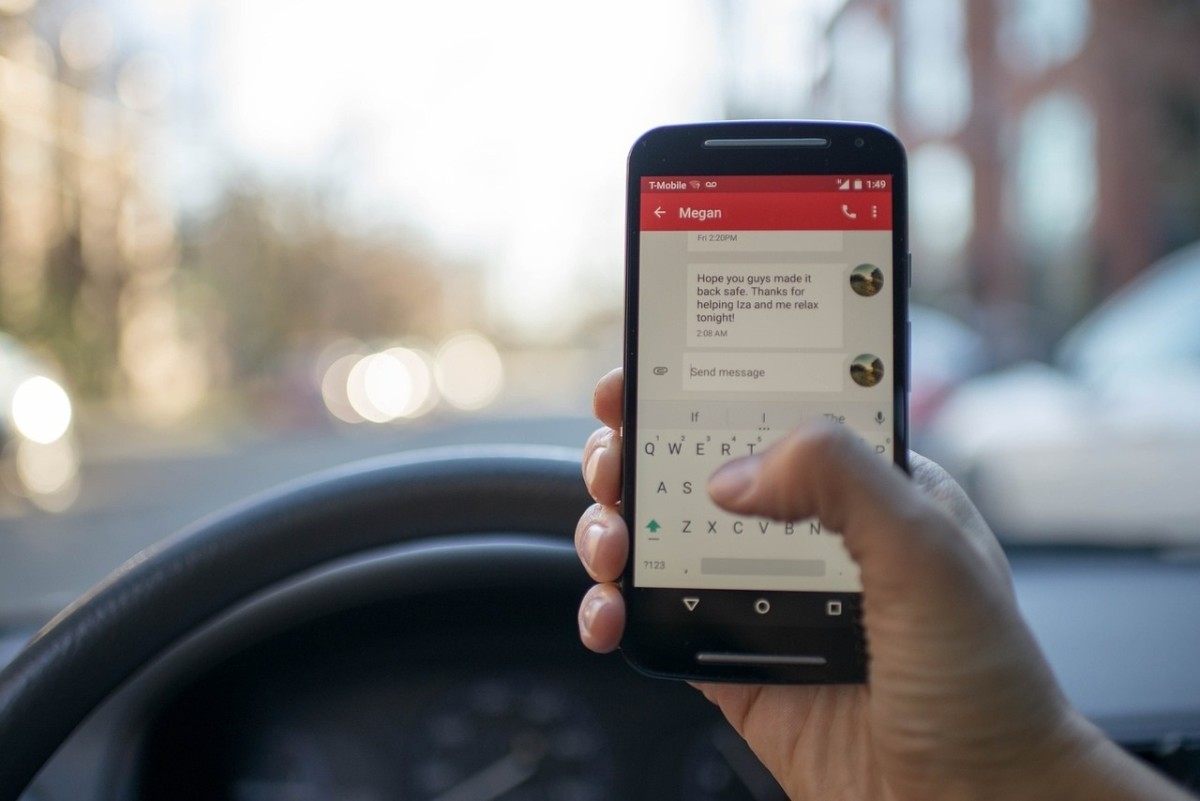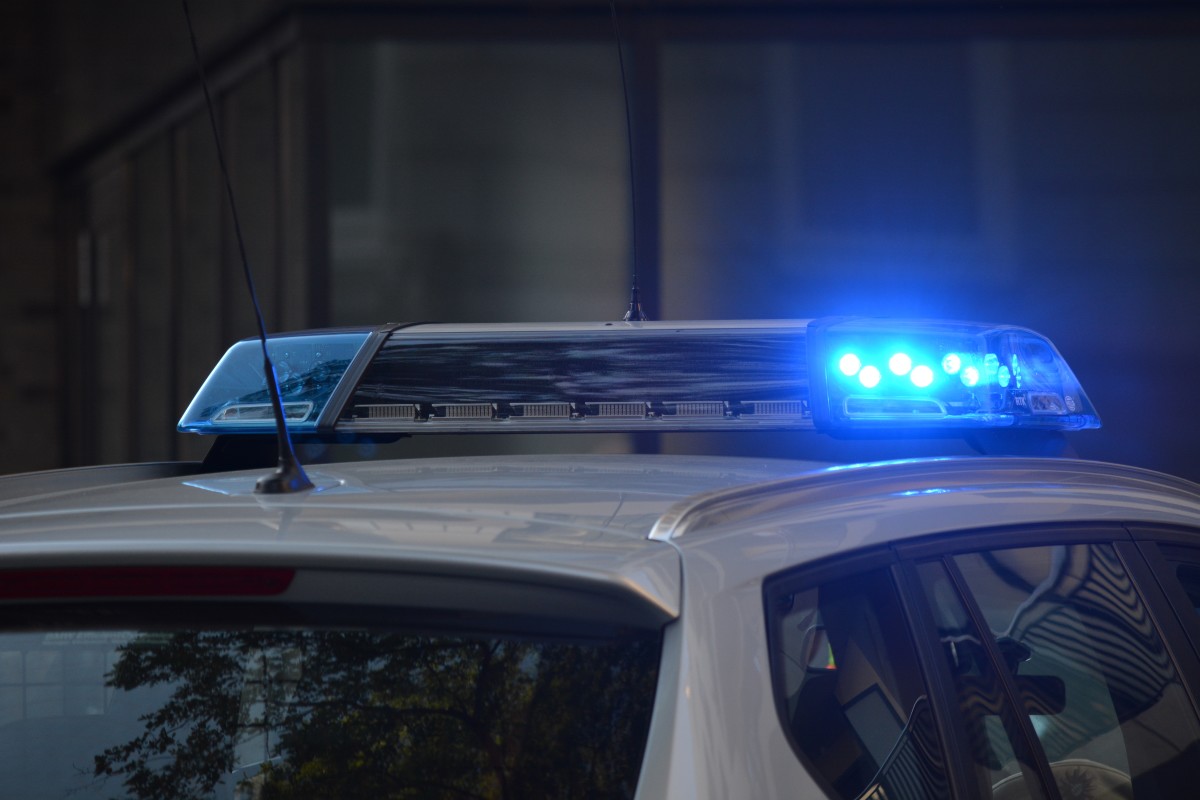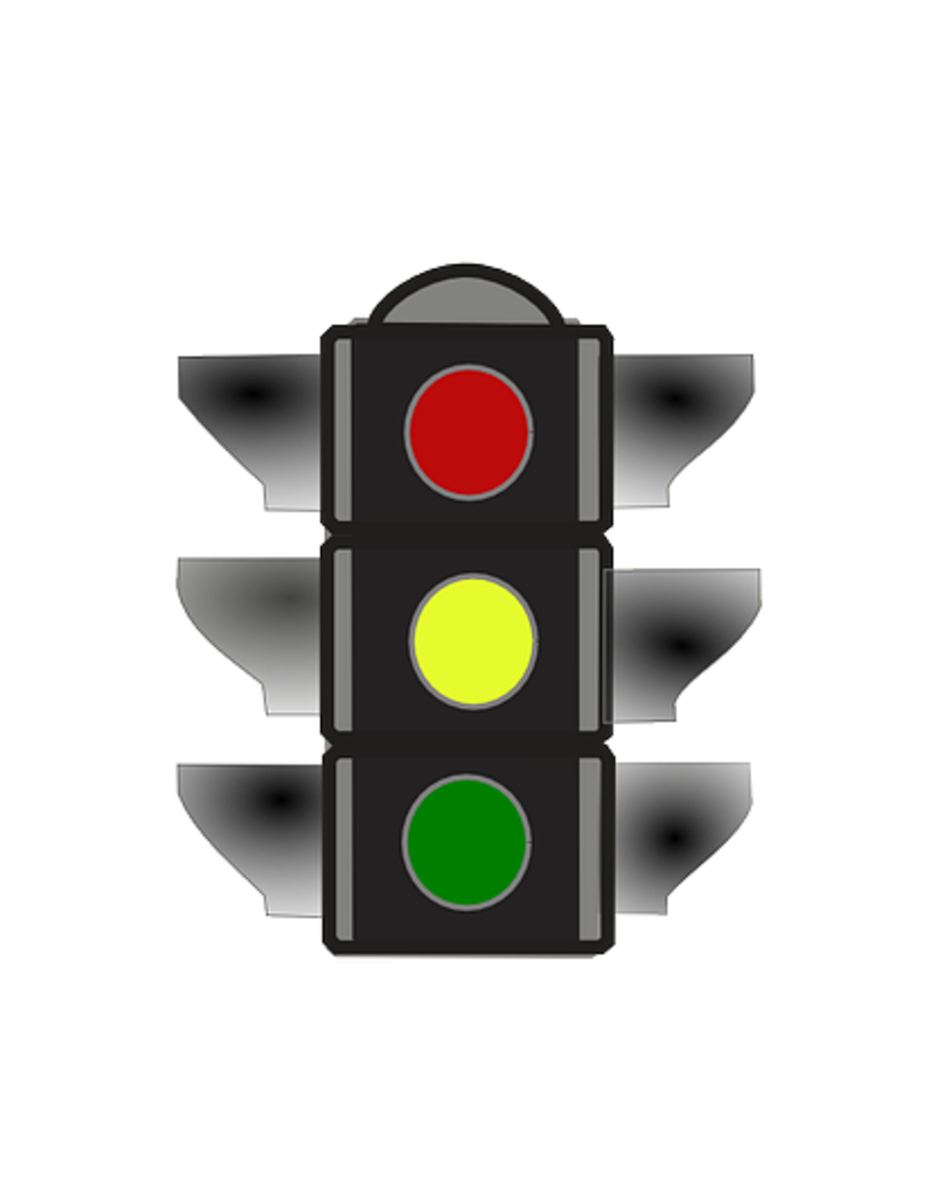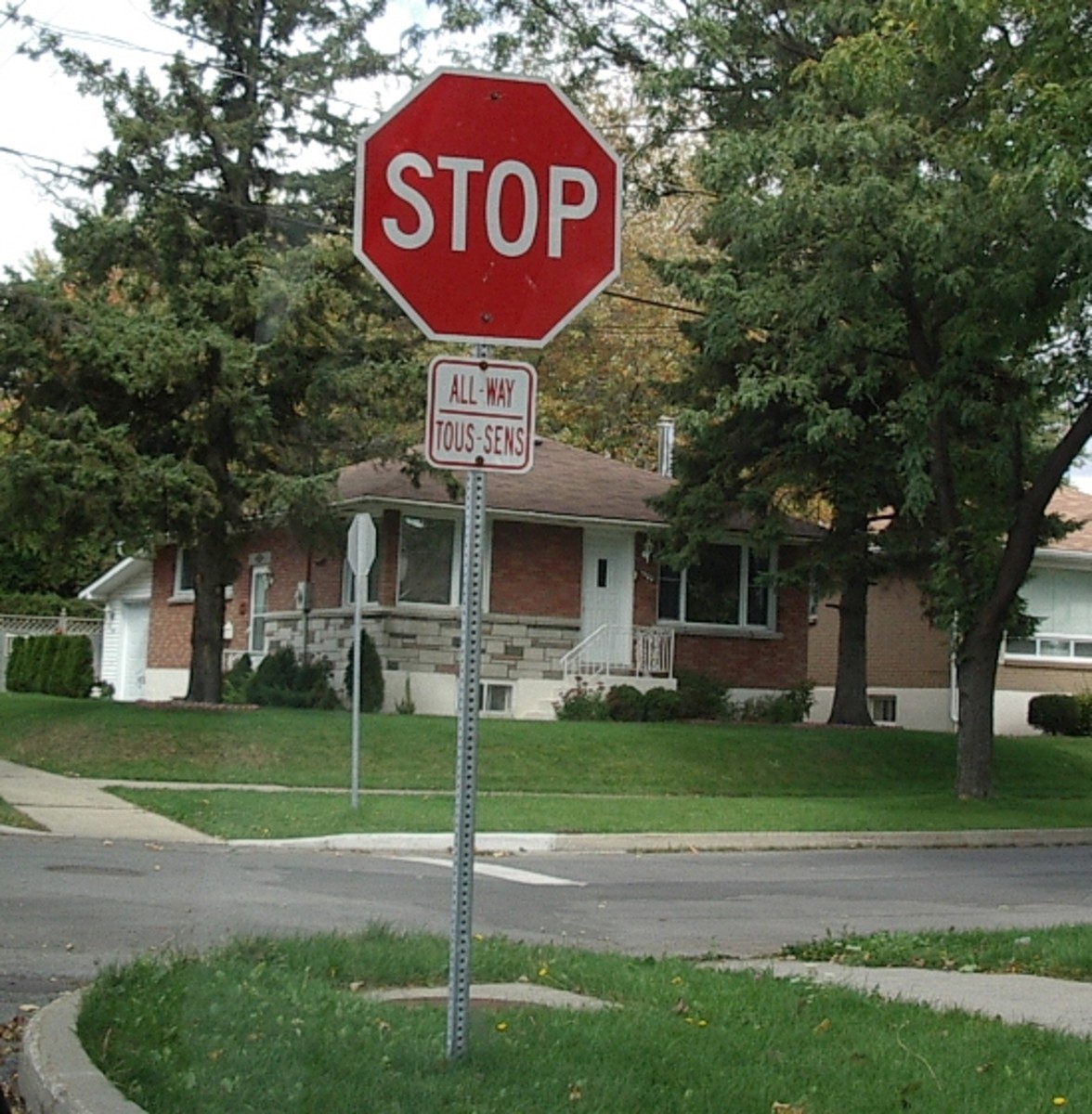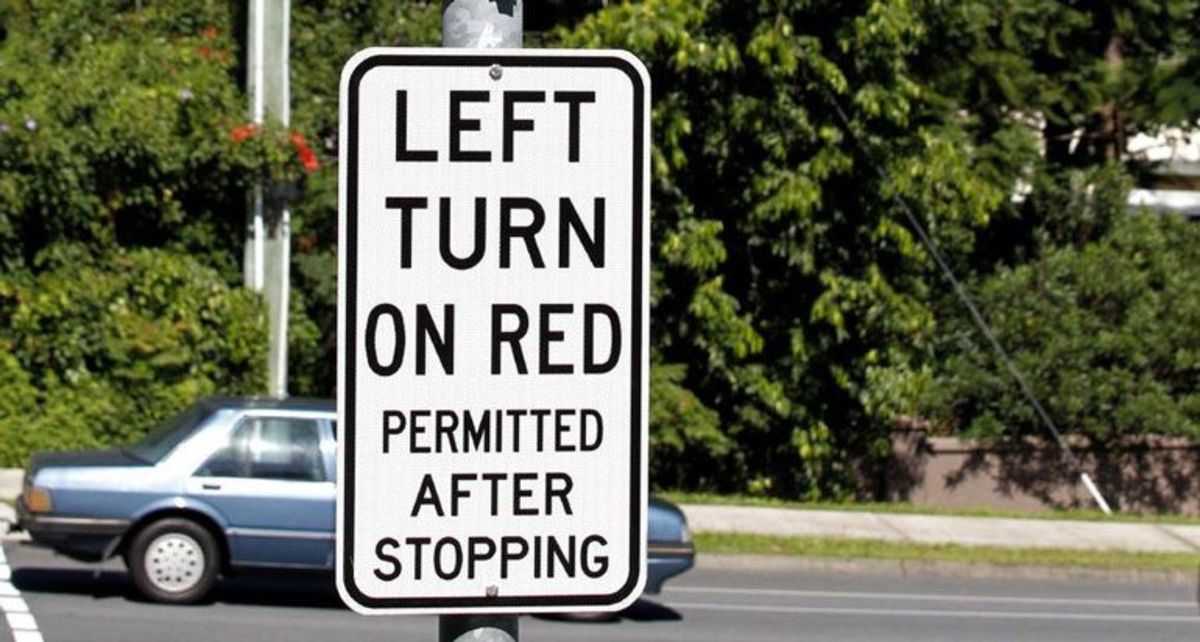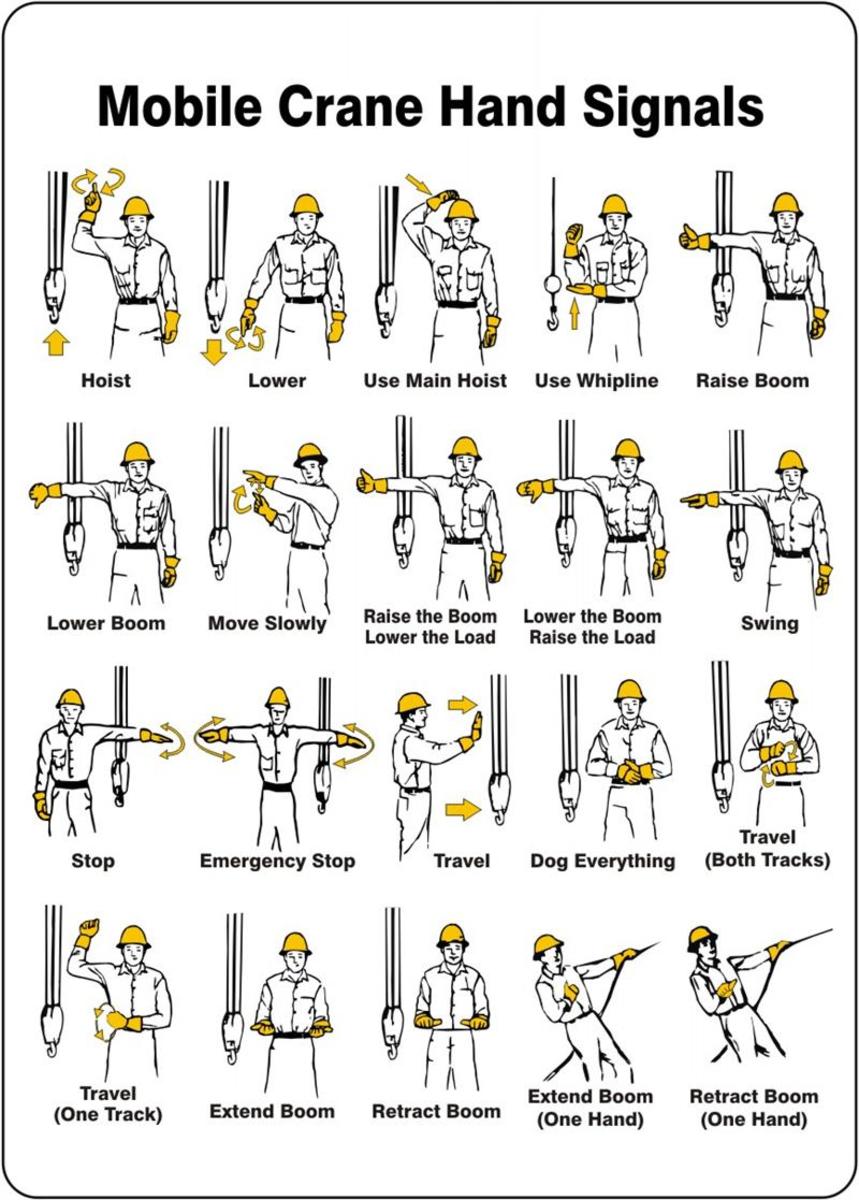The 10 Most Misunderstood Driving Laws
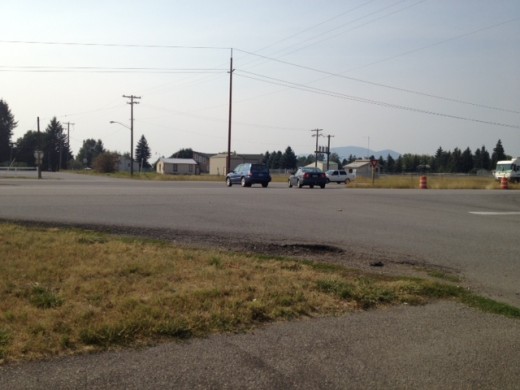
Several times a week, I cross a divided highway located near my neighborhood. As I waited in line for my turn to enter the median I noticed something: people are very unclear about how exactily drivers are supposed to cross divided highways. I saw people holding up traffic while waiting for the entire road to be clear for over half of a mile before they attempted to cross; I saw drivers enter the median and angle their cars so nobody else could cross until they turned; I saw another driver give me a rude hand gesture when I entered the median to the left of him while he was waiting to cross. It was utter chaos and it got me thinking that if so many people are confused about how to properly and legally cross a divided highway, how many other driving rules are confusing to drivers? I had a few laws in mind but, just to be safe, I contacted an expert. Major Ben Wolfinger has served the state of Idaho for over 29 years in the Kootenai County Sherrif's Department and he is the Senior Traffic Law Officer for the entire state of Idaho.

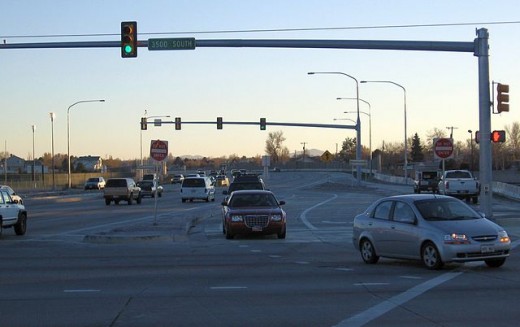
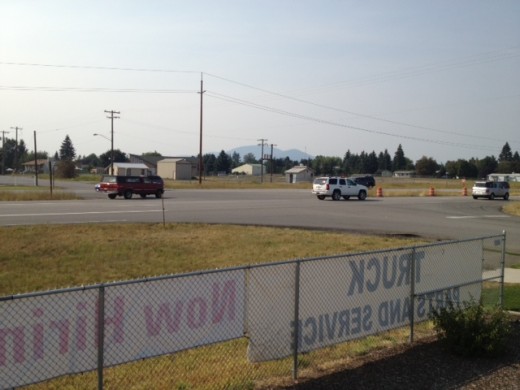
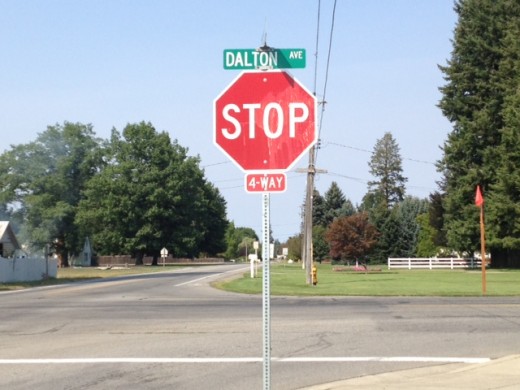
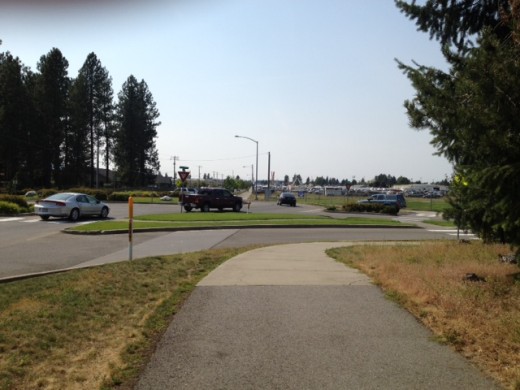
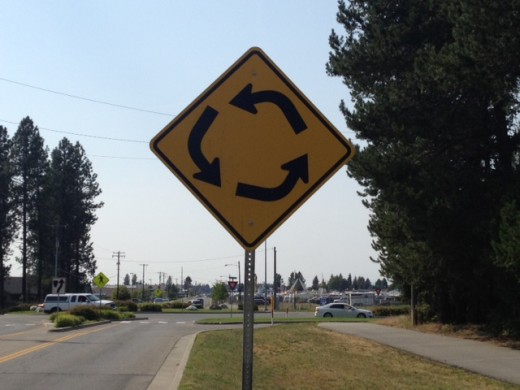
Test your driving knowledge.
view quiz statisticsMost misunderstood or broken laws.
We see confused drivers all the time. Sometimes the drivers don't even realize they are confused and, therefore, they are constantly putting both themselves and others at risk. Here is my list of the 10 most misunderstood driving laws.
- Turning moves and maintaining your lane of travel. When I asked Major Wolfinger about the driving laws he sees broken the most, this is the first thing that he listed. If you are negotiating a turn from the left hand lane, you must stay in the left hand lane while turning. If you wish to enter the right hand lane, you must wait until after you have turned and then make a standard lane change maneuver which would involve signaling, looking for traffic and safely entering the right lane. The same applies to vehicles traveling in the right hand lane. Stay in the right hand lane while turning. The right lane turns to a right lane and the left lane travels to the left lane. Major Wolfinger said that he has seen many accidents caused by drivers not maintaining their lane of travel.
- Divided highway. A divided highway consists of multiple lanes in each direction separated by a median. Often highly congested, crossing a divided highway can be daunting. First, look and see if there is a yield sign in the median. If there is a yield sign, you are permitted to stop in the median. If there isn't a sign, you are required to wait for all lanes to be clear and cross in one motion. As noted above, you must maintain your lane of travel. In the United States, we drive on the right side of the road. To enter the median of a divided highway you must stay to the right side leaving adequate space for oncoming vehicles to enter to your left. There is an order of right of way in a median. Autos that are in the left turning lanes have priority over those stopped at crossroads. Additionally, only one vehicle going in each direction is allowed in the median at one time.
- Four way stop. These are easily negotiated as long as you understand the rules of the right of way. The first one to arrive at the intersection has the right of way first. If drivers arrive at the same time, the auto to the right has the right of way. If they are facing one another, cars may drive through the intersection at the same time. If one is turning left, that driver must yield to the driver who is going straight through. It is important to remember that the right away is given but never taken. It's also important to follow the rules. I often see people not taking their turns and waving several cars through. They may think they are being polite but the cars piling up behind them would most likely disagree. Follow the rules and traffic will move smoothly and quickly.
- Roundabouts. These wonderful roads really help keep the flow of traffic moving. When entering a roundabout, you must yield to the traffic already in the round about. While in the roundabout, try and leave adequate space for another vehicle. I've seen some confused drivers around these roads. One man was trying to enter a busy roundabout near a high school and was waiting for the entire road to be clear before he entered it. Meanwhile, traffic was held up nearly 20 cars deep while he hesitated. Another woman kept stopping in the round about to let other vehicles enter. She nearly got rear-ended by the car behind her. If you stick to the rules of the roundabout you will most certainly avoid trouble.
- Following distance. You should leave about 2-3 seconds of distance between you and the car in front of you. How that is determined is that you choose a stationary object like a tree. Once the car ahead of you passes it you should be able to count 2-3 seconds before you reach the same tree. If the road is icy or slippery from rain, allow even more space between cars to ensure that, in the event of a sudden halt, you will be able to fully stop before reaching the other vehicle.
- Speed limit changes. "The speed limit begins at the sign," said Wolfinger. What that means is if you are traveling at 35 mph and you know in 100 meters the speed increases to 55 mph, you must wait until you reach the sign before speeding up. It also means that when decreasing your speed, your vehicle must be at or under the lowered speed limit by the time you reach the sign.
- Speeding. Wolfinger says that people often ask him how much over the speed limit they can drive before they are ticketed. "The law is you may be ticketed for 1 mph over the limit," he said. "It's a speed limit not a minimum." Not that law enforcement is skulking about waiting to fine drivers traveling 1 mph over the limit. Their biggest concern is keeping people safe and making sure that all motorists keep themselves safe by driving safely according to the road and traffic conditions.
- Yellow lights. Green means go; red means stop; yellow means the light is about to turn red so the intersection needs to be cleared. If you enter the intersection while the light is yellow, you are legal. If you gun it from 50 feet away and it turns red before you've entered the intersection, you've just broken the law.
- Cell phones. Check your local and state laws regarding cell phone use. In Idaho, it is legal to talk on your phone but texting is illegal. Distracted driving is also illegal and causes the roads to be unsafe for everybody so whether you are texting, eating, painting your toes, applying mascara, or selecting your music, if you appear distracted you can be pulled over by an officer.
- Red arrow light. When I lived in Oregon, they added a red arrow light to a busy intersection. These can be found in other states throughout the country. If the arrow is steady, that means that you must stop and wait until the light is green before turning right. If the arrow is flashing, it means you must stop and wait for the crosswalks and road to be clear before turning right.
These are ten driving laws most drivers seem to either misunderstand or disregard. I had a chance to ask Major Wolfinger about a few of my pet peeves but, alas, they are not illegal--just rude. For instance, I asked if there was a law that you must keep right except to pass. I see that sign on the freeways. In general, however, you are not breaking the law by driving slowly in the left lane right next to another slow moving vehicle and causing the entire flow of traffic to go at your poky pace. That's too bad, I guess. But then again, with all of the serious crimes police have to pursue, I suppose they don't have time to stop people for simply being annoying. Traffic laws aren't there to get us in trouble, they are there to keep us all safe. So, drive safely, observe the laws and everything will flow more smoothly and safely.
©Denise Mai, August 27, 2012
Follow me on Twitter! @denise_mai


